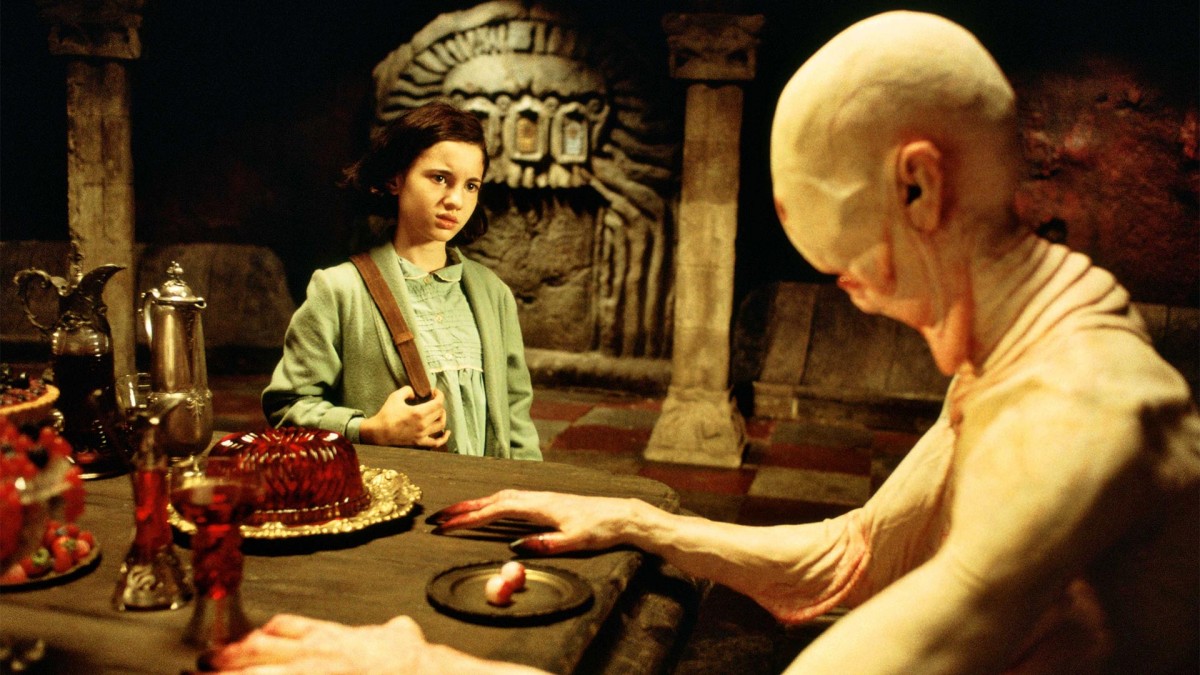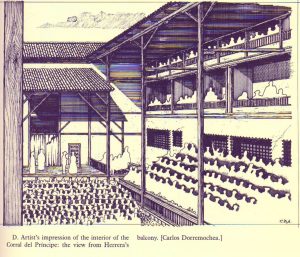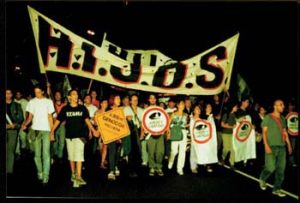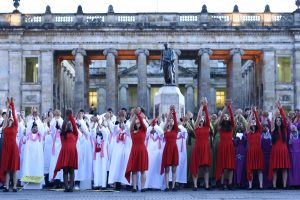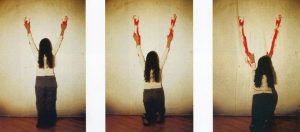Watching a movie is uniquely artistic in the way it is experienced: with sound and image. A movie is the experience of watching and listening, and the emotions the spectators experience are cued to them through the audiovisual choices the producers made. In Y Tu Mama Tambien many of the audiovisual clues came from the juxtaposition between the dialogue and the scene, or the scene showing two point of action at the same time. And the voiceover calls attention to them both.
In a scene where Luisa, Tenoche, and Julio are in the car together, engaged in a vulgar but amusing conversation about techniques to use in bed, they drive by a scene of police brutality against a poor man on the side of the road. Framed by the car window, the shot gives an element of separation between the upper-class main characters and the conditions of the places they’re driving through. Another example of this juxtaposition is a scene at the beginning of the movie, where Julio and Tenoche are laughing about passing gas while a migrant worker’s dead body is being picked up on the side of the road. There is a play of duality, an attention to irony, and a call to class distinction.
Many of these scenes which highlight the duality, after the introductions of the second point of action, cut to it. They explain the background of the man on the side of the road using an extradiagetic voice–the voiceover. These cuts to the other world, or the internal world of a character, further bring attention to irony, duality, suffering, and injustice.
The visual juxtapositions, the juxtapositions between the audio and visual, and the voice over all serve to heighten the emotion and refine the messages of the movie. They are keen uses of audiovisual language.
